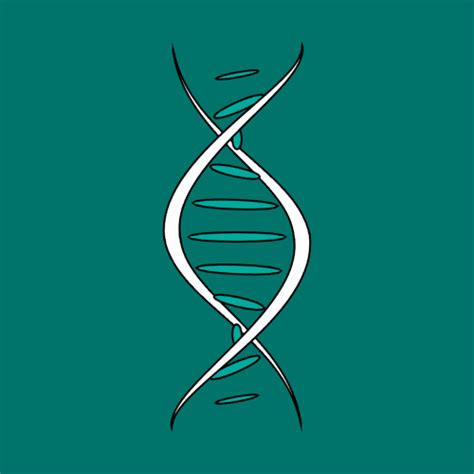The male body is a complex system of intricate structures, each serving a vital purpose. Among these, the cremaster muscle, though relatively small, plays a crucial role in male reproductive health. Situated within the spermatic cord and surrounding the testis, this muscle is far more than just a structural component; it’s an active regulator essential for fertility.
Understanding the Cremaster Muscle’s Location and Structure
The cremaster muscle is a thin, skeletal muscle found primarily in the inguinal canal and scrotum. It is anatomically derived from extensions of the internal oblique and transversus abdominis muscles, forming a muscular sling around the testes. This unique arrangement allows it to effectively control the position of the testes relative to the body, a key mechanism for its primary function.
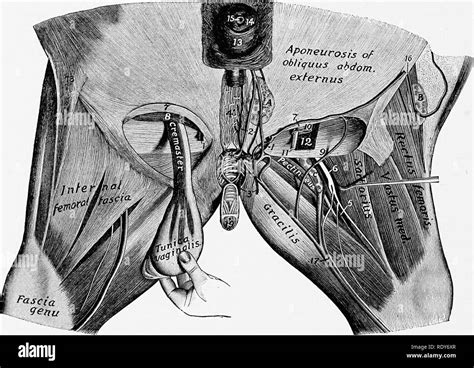
The Primary Function: Testicular Thermoregulation
The most critical and primary function of the cremaster muscle is the thermoregulation of the testes. For optimal sperm production (spermatogenesis), the testes require a temperature that is slightly lower (typically 2-3 degrees Celsius cooler) than the core body temperature. The cremaster muscle acts as the body’s natural thermostat for achieving this precise temperature control.
When the ambient temperature is cold, the cremaster muscle contracts, pulling the testes closer to the body. This proximity allows the testes to absorb heat from the warmer body, helping to maintain their ideal temperature for spermatogenesis. Conversely, in warmer environments, during physical exertion, or when the body needs to cool the testes, the muscle relaxes. This relaxation lowers the testes away from the body, increasing the surface area exposed to the cooler scrotal air and aiding in heat dissipation, thereby preventing overheating.
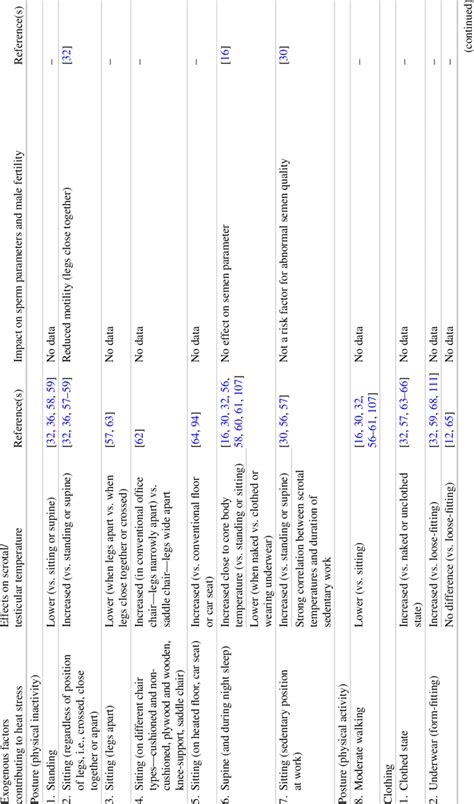
Why Temperature Control is Vital for Fertility
The sensitivity of sperm production to temperature variations underscores the cremaster muscle’s immense importance. If the testes remain too warm for extended periods, it can severely impair spermatogenesis, leading to reduced sperm count and quality, and potentially affecting male fertility. This is evident in conditions like cryptorchidism (undescended testicles), where testes that remain in the warmer abdominal cavity often fail to produce viable sperm due.
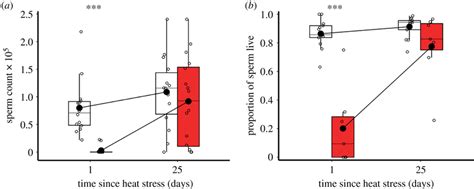
Beyond Thermoregulation: The Cremasteric Reflex
While thermoregulation is its primary and most vital role, the cremaster muscle also plays a part in the cremasteric reflex. This reflex is an involuntary contraction of the cremaster muscle in response to stroking the inner thigh. The reflex causes the testis on the ipsilateral side (same side) to elevate. This is a common neurological reflex tested during physical examinations, indicating intact neural pathways. It’s thought to have a minor protective role, pulling the testes away from potential harm, though this function is secondary to its critical thermoregulatory role.
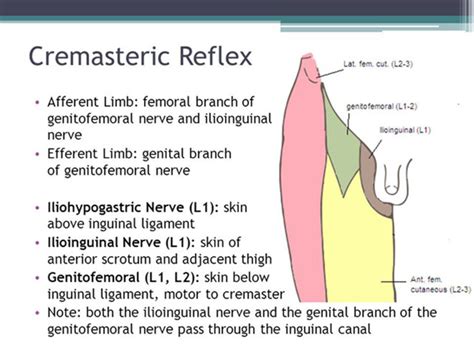
Conclusion
In summary, the cremaster muscle is a remarkable example of the body’s physiological adaptations. Its primary and most vital function is the precise thermoregulation of the testes, ensuring they maintain the optimal temperature required for healthy sperm production and male fertility. Without this small yet crucial muscle, the complex process of spermatogenesis would be significantly compromised, underscoring its indispensable role in the male reproductive system.





